 WhatsApp us
WhatsApp usCarding & Spinning Machine The foundation of the textile industry
In the textile industry, spinning is the first and most significant step. It is the first stage in the process of combining and converting various types of fibres into yarn. Drawn-out strands of fibre are twisted together to create the yarn. In this instance, the yarn is spun via ring-spinning. This yarn is then put through a wide range of processes before being transformed into a finished product, such as a raschel blanket.
The intricate process of spinning can be broken down into steps to make it easier to comprehend. Short-staple yarn is created through blending, dyeing, opening, carding, pin-drafting, roving, and spinning (typically spun from 0.75 to 2.0-inch fibres). The yarn is then often wrapped around a cone for weaving after this. With 11 automatic spinning lines furnished with state-of-the-art technology, Jindal Textile's state-of-the-art facility can create 600 tonnes of superior yarn per month. Ring-spun yarns with diameters ranging from 1 nm to 14 nm are produced by Jindal Textile. The facility is home to high-tech equipment that is operated by qualified experts. Because of this, we are now able to offer our customers products that are designed just for them based on their preferences and other criteria.








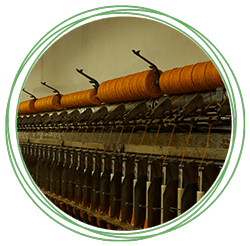
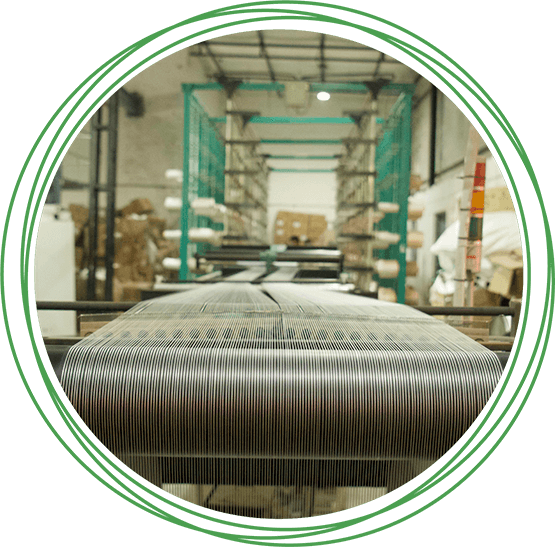
The textile industry's pillar of strength
After spinning, weaving is the next step in the creation of fabric. Two different yarn sets are interwoven at right angles to form a fabric. The warp and weft technique is used to weave these yarn threads together. This process is crucial because the genuine qualities of the fabric emerge during it.
The warp threads are held in place by a loom while filling threads are weaved through them. Weaving is the process of interlacing the warp and filling threads. The three essential weaves are twill, satin, and plain weave. This is how the vast majority of woven goods are made. These three weaves allow the cloth to be woven in a variety of patterns, including simple, decorative, and artistic.
Jindal Textile boasts the most modern automated shuttleless weaving equipment with completely functional designs and patterns. This enables us to satisfy the demands of each consumer in a variety of ways.
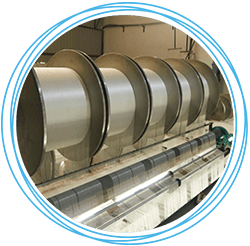



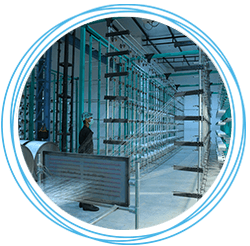


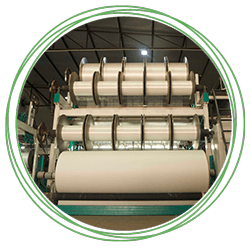
For recycling woven and non-woven Textile, tearing machines can be great waste management tools. Four such machines are installed at the Jindal Textile Factory to help choose the ideal fabric quality and consistently meet client expectations on time. With this equipment at its disposal, Jindal Textile has become one of the top textile companies that have joined this new movement towards sustainability.






The process of dyeing involves colouring textile items to make them more visually appealing. Jindal Textile uses high-quality machines to ensure that this complex process runs smoothly. Jindal Textile maintains rigorous quality control to preserve uniformity in its goods and guarantee that they satisfy international standards.








Digital textile printing is a subset of roll-to-roll wide-format inkjet printing. Jindal Textile houses three of these devices, as it views digital textile printing as a revolutionary technology. This seems like a promising way to cut down on the waste and water pollution that comes with conventional textile dyeing and printing, as well as the energy and water use. By implementing this innovative technology, Jindal Textile is now easily able to produce high-quality, environmentally friendly products.
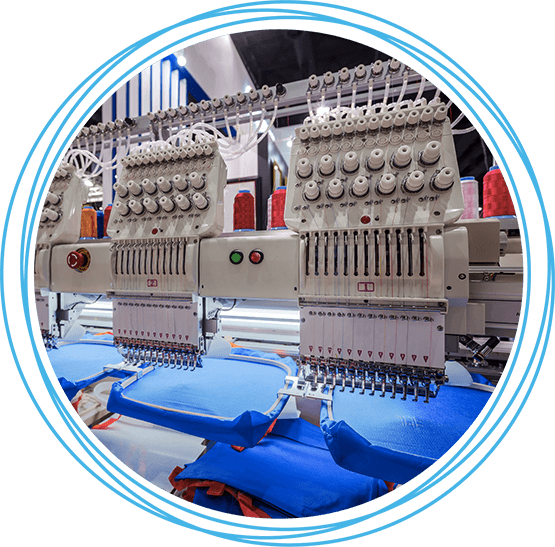

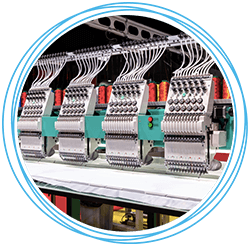





Ensuring effective enclosure and protection
Once production is finished, the packing and dispatching phase starts. It refers to the technology that encloses and safeguards products that are ready for distribution. The three-step process entails package design, evaluation, and production so that the finished goods may be dispatched through logistics and delivered to the end consumer.
Over time, packaging design has evolved. Tinplate and clear cellophane overwraps have replaced paper, wooden barrels, and woven bags as the primary forms of packaging. The products are entirely safe thanks to the current packing practices. The usefulness and performance of the package have been enhanced by the addition of materials like strips of aluminium and plastic. Our facility has the most modern equipment to execute the complete product packaging process.
These machines makes certain that all other areas of packing, such as style and weight, labelling on bales/cartons, and other shipment details, are handled in addition to providing the finest possible packaging for all product sizes. Primary packaging and secondary packaging are typically the two types of packaging used in the textile business. The material that encloses and secures the product is known as the primary packaging. The products and this kind of packaging are in direct contact. They are frequently grouped together in the secondary packaging, which is positioned away from the primary packaging. The third type of packaging, known as tertiary packaging, is frequently used for shipping, warehousing, and handling large quantities of goods.

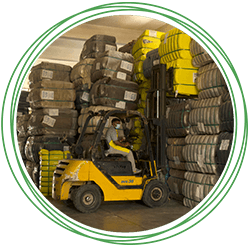
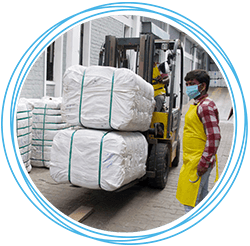
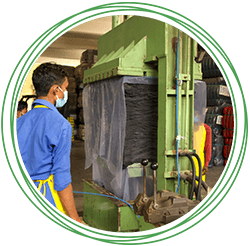



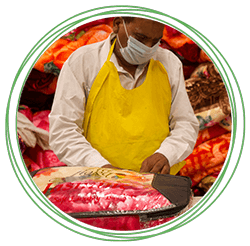
The packaging procedures don't end at packaging and shipping. The procedure is then expanded to include three additional technological elements. The three elements are identification codes, barcodes, and electronic data exchange (EDI). With the use of these three technology resources, Jindal Textile is able to trace products and shipping containers quickly and effectively along the distribution chain.

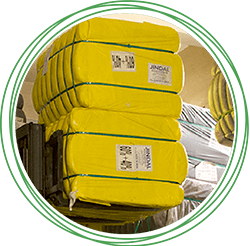


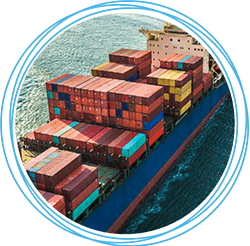



The promise of quality across the globe
The premium products of Jindal Textile are the most sought-after all over the world. We are extremely proud of our products and will never sacrifice their quality. That is why we are the first choice of numerous clients all over the world. In recent years, our relationships with our overseas partners have grown stronger, and we are now eager to expand into new territories with renewed zeal.

Ethiopia, Kenya, Malawi,
Nigeria, South Africa, Tanzania,
Uganda, Zambia, Zimbabwe,
Egypt, Algeria,
Tunisia, Morocco

France, Italy,
Portugal,
Spain
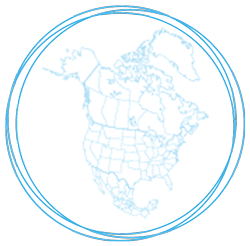
Canada, United
States of America

Argentina, Chile,
Bolivia, Peru, Colombia